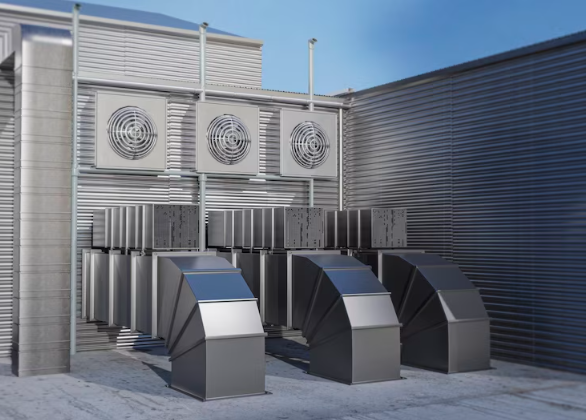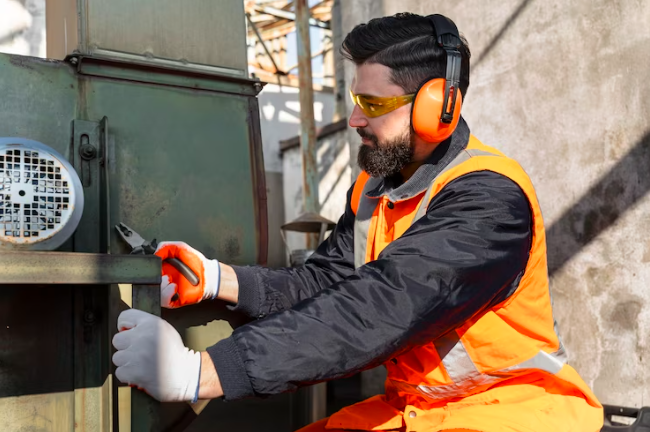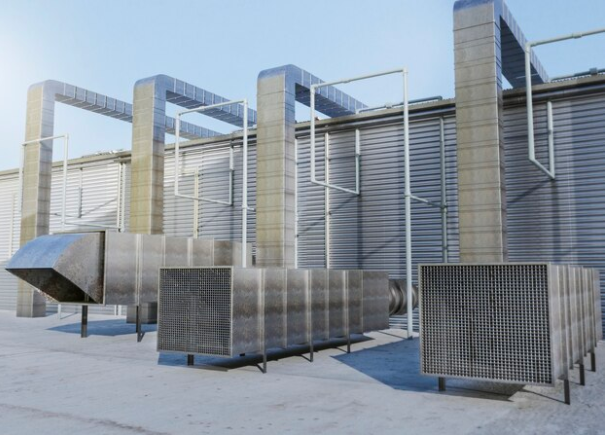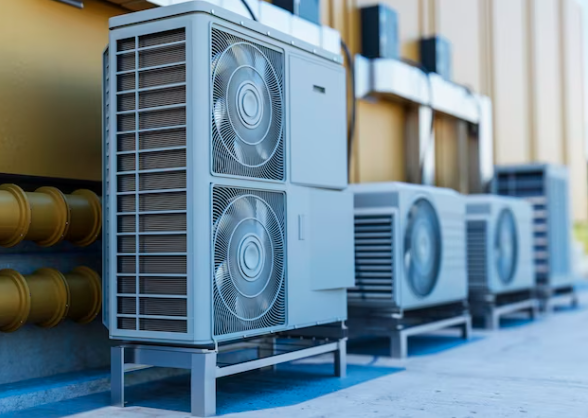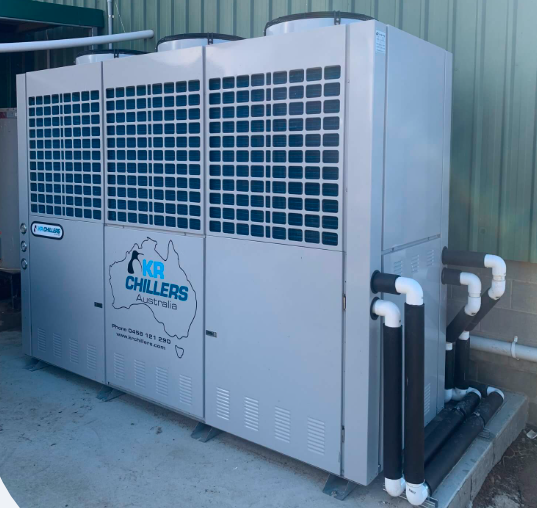Looking to enhance efficiency, productivity, and operational costs significantly? Selecting the right industrial chiller for your business can help you achieve this. This essential component plays a pivotal role in numerous industrial processes, influencing the overall performance and operational dynamics.
This comprehensive buyer’s guide aims to simplify the process, providing valuable insights into key considerations when investing in industrial chillers.
Understanding Your Cooling Needs
Choosing the right industrial chiller begins with assessing your business’s cooling requirements first. Consider factors such as the size of your facility, the type of industry, and the specific processes that demand cooling. Understanding these needs will guide you in choosing the right capacity and type of industrial chiller to meet your unique specifications.
Types of Industrial Chillers
Industrial chillers come in various types to suit specific needs and applications. Discuss the common types, such as air-cooled and water-cooled chillers, and learn about their advantages and limitations. Thus, based on your operational needs, compare and select a chiller that will best suit your needs.
Efficiency and Energy Considerations
Efficiency is paramount when selecting an industrial chiller. Learn about the importance of energy efficiency in reducing operational costs and environmental impact. Keep factors such as Coefficient of Performance (COP) and Energy Efficiency Ratio (EER) in mind, and learn how to interpret these metrics when evaluating chiller options.
Environmental Impact and Regulation
In today’s environmentally conscious landscape, businesses must consider the ecological footprint of their equipment. Discuss the use of eco-friendly refrigerants and compliance with environmental regulations. Thus, ensure that the chiller aligns with the sustainability goals while adhering to relevant industry standards.
Maintenance and Lifecycle Costs
Examine the long-term costs of industrial chillers, including maintenance requirements and expected lifespan. Give importance to regular maintenance, as it helps preserve efficiency and extend the chiller’s operational life. Along with this, keep the initial cost and ongoing maintenance in mind.
Selecting a Reputable Manufacturer
Choosing a reliable manufacturer is crucial, as established brands have a proven track record. In addition, consider factors like warranty, customer support, and the availability of spare parts when evaluating manufacturers.
Integration of Smart Technologies
In recent years, the integration of smart technologies has revolutionised industrial chillers. Discuss the benefits of chiller systems equipped with smart controls and monitoring features. These advancements allow for real-time data analysis, predictive maintenance, and remote monitoring, enhancing overall operational efficiency and reducing downtime.
Consideration of Space Constraints
Space constraints within a facility can significantly impact the choice of an industrial chiller. Discuss compact and space-efficient chiller designs that cater to businesses with limited space. Emphasise the importance of selecting a chiller that not only meets cooling requirements but also fits seamlessly into the available space without compromising performance.
Customisation Options
Every business is unique, and so are its cooling requirements. Some industrial chiller manufacturers offer customisation options to suit your needs and preferences. Whether it’s adapting to specific temperature ranges, integrating with existing systems, or accommodating future expansion, having a chiller that can be tailored to your business’s specific needs is a valuable consideration.
Case Studies: Real-World Application
There have been multiple instances where businesses have successfully implemented specific chillers, detailed their challenges and provided solutions and the associated benefits. These case studies offer practical insights and help businesses envision how a particular chiller may address their unique operational demands.
Future-Proofing Your Investment
In the rapidly evolving landscape of industrial technology, future-proofing your investment is crucial. Ensure you opt for a chiller that aligns with your needs and the emerging industry trends and standards. Choosing a chiller with flexibility and scalability ensures that your investment remains relevant and efficient as technology advances and your business grows.
Emphasising the Total Cost of Ownership
While upfront costs are a significant consideration, it’s essential to emphasise the concept of the total cost of ownership (TCO). Evaluate the entire cost spectrum, including installation, energy consumption, maintenance, and potential downtime costs. This holistic approach ensures businesses make financially sound decisions regarding their glycol chiller investment.
Conclusion
The process of selecting an industrial chiller goes beyond immediate cooling needs. By considering technological advancements, space constraints, customisation options, real-world applications, and future-proofing strategies, businesses can make informed decisions that result in a reliable, efficient, cost-effective cooling solution. However, ensure that you opt for a reputable company to choose the perfect chiller for your business.

